Kamal Amrohi
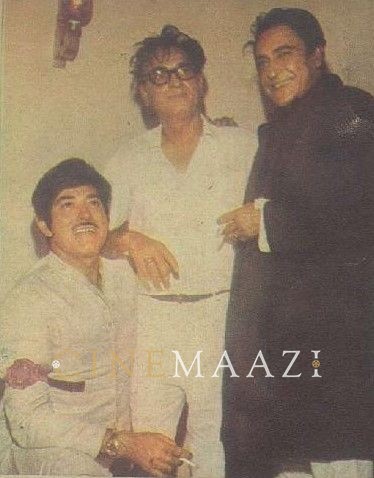
Subscribe to read full article
This section is for paid subscribers only. Our subscription is only $37/- for one full year.
You get unlimited access to all paid section and features on the website with this subscription.
Not ready for a full subscription?
You can access this article for $2 , and have it saved to your account for one year.
- Real Name: Syed Amir Haider Kamal Naqvi
- Born: 17/01/ 1918 (Amroha, United Provinces)
- Died: 11/02/1993 (Mumbai)
- Primary Cinema: Hindi
- Spouse: Bilkis Bano, Mehmoodi, Meena Kumari, Deep Kaur
- Children: Shandaar, Tajdaar, Rukhsar
A renaissance man of refined sensibilities—poet, writer and filmmaker Kamal Amrohi told landmark celluloid stories of lovers who were hindered by the barriers and traditions imposed by society. Directing just four films over 34 years, his cinema remains legendary for its elegance and style, showcasing his fine eye for detail. While Amrohi’s oeuvre was deeply imbued with the Lucknavi milieu, language and etiquette, he cannot be categorised solely as a maker of films with Islamic themes, as his sophistication was eclectic. He developed his own style which was a blend of stylised direction and minimalist performances. His cinema was commercially successful and elegant as seen in his remarkable films—the Bombay Gothic hit starring Ashok Kumar and Madhubala - Mahal (1949), the far ahead of its time Daera (1953), the musical melodrama Pakeezah (1972) which made Meena Kumari immortal, and the Hema Malini-historical Razia Sultan (1983). As a writer, he contributed immensely to films like Mughal-e-Azam (1960)—as one of its four writers, he won the Filmfare Award. A published poet, unfortunately only a few of his film songs are still remembered such as Mausam hai aashiqana. He established Kamal Pictures (Mahal Films) in 1953 and Kamalistan Studio in Bombay in 1958. Spread over 15 acres near Jogeshwari, hit films such as Amar Akbar Anthony (1977), Kaalia (1981), Khal Nayak (1993), and Koyla (1997) were shot at the studio.
He was born, Syed Amir Haider Kamal Naqvi, on 17 January, 1918 in Amroha, United Provinces (now Uttar Pradesh). Writing stories in Urdu at a young age, he went on to express his desire to write for films. Finding his father discouraging of the same, he fled to Lahore at the age of 16, where he sustained himself by writing stories for a local Urdu magazine. Studying simultaneously, he graduated in Persian and Urdu from the Oriental College. His meeting with K.L. Saigal proved to be fortunate; Saigal recognised his writing talent and brought him to Bombay to write for Sohrab Modi’s Minerva Movietone film company. He began as a story writer for Modi's hit Jailor (1938) and went on to work as writer and dialogue writer on films like Pukar (1939), Bharosa (1940), and A R Kardar's Shahjehan (1946). He also wrote the dialogues for Gajanan Jagirdar’s Main Hari (1940), Mazaaq (1943) and Phool (1944). In this early phase, he was heavily influenced by Urdu Parsi theatre.
Amrohi made his directorial debut with the superhit film Mahal (1949) for Bombay Talkies, starring Madhubala and the reigning star Ashok Kumar. Described as India’s first horror film, Mahal was a pioneer of the reincarnation genre, spawning a style that came to be known as Bombay Gothic. Set in the noir genre, the film was essentially about unfulfilled love, which goes beyond life and death, as the star-crossed lovers are caught in a cycle of death and rebirth. The film, a resounding musical hit, also gave a serious boost to the careers of Madhubala and provided Lata Mangeshkar one of her first big hits in Hindi, the haunting Aayega aanewala. Amrohi established himself as a director of repute, also being hailed for his use of chiaroscuro, which is the treatment of light and shade.
His next was Daera (1953), starring Meena Kumari, which came a year after he had married the actress on 14 February, 1952 in a private ceremony. The couple had met during the filming of Tamasha, introduced by Ashok Kumar. Daera depicted the story of a 16-year-old girl who is compelled to marry a much older man, and then goes on to fall in love with a younger neighbour. The film, which is considered radical and far ahead of its times, did not succeed at the box office. It is also memorable for being the first collaboration between Amrohi and Meena Kumari.The couple later embarked on their magnum opus, Pakeezah (1972), which was 14 years in the making. The film, which portrayed a nautch girl’s yearning for love, had originally gone on the studio floors in 1956, being shot in black and white. However, with the increasing popularity of colour films post Mother India (1957), Pakeezah’s scenes were re-shot in colour. More changes were in store, as post the release of Guru Dutt's Kaagaz Ke Phool (1959 ) which introduced the Cinemascope technique, Pakeezah was reshot yet again in Cinemascope. The relationship between Kamal Amrohi and Meena Kumari had also undergone severe deterioration during this period. Tensions between the couple ultimately led to a mutual separation in March 1964, with Pakeezah getting shelved. The film was revived in March 1969, with Meena Kumari now plagued by alcoholism-related illness. Raaj Kumar replaced Ashok Kumar as leading man, and the film was finally completed and released to a lukewarm response on 4 February, 1972. A little more than a month later, Meena Kumari passed away on 31 March, 1972. This ironically provided a massive boost to the film’s fortunes, with audiences flocking to theatres, making Pakeezah one of the top grossers of that year. Pakeezah went on to attain cult classic status, spoken of in the same breath as K. Asif's Mughal-e-Azam (1960). Amrohi’s magnum opus, the film was described as being poetry, fantasy and nostalgia rolled into one on an epic scale. The music by Ghulam Mohammed remains legendary with songs like Chalte chalte, Thade rahiyo and Inhi logon ne attaining classic status. Amrohi is said to have put his heart, soul and personal fortune into the film, wishing to present his wife, Meena Kumari, on screen in all her varied shades, as no one had before. He succeeded—it is considered one of the finest works that Meena Kumari or Amrohi were part of.
Amrohi’s last film came in 1983, the period biographical Razia Sultan, starring Hema Malini, Dharmendra and Parveen Babi. Based on the only female Sultan of Delhi (1236–1240) and her speculated love affair with the Abyssinian slave, Jamal-ud-Din Yakut, the film was lavishly mounted and shot over seven years. However, it turned out to be slow and ponderous, failing to live up to expectations. He also wrote Yusuf Naqvi’s Shankar Hussain (1977). He started a film, Majnoon with Rajesh Khanna and Rakhee Gulzar in the lead. However, the film got shelved.
Amrohi’s marriage with Meena Kumari was riddled with controversy. They had met on the sets of a film when she was just 19, and he, 34 and twice-married. However, over the years, her increasing success as a heroine drove a wedge between them. He himself admitted that he was harsh to her sometimes while advising her on her assignments but that it was all in her interest. She eventually walked out of his house, amid rumours of jealousy and ill-treatment. The couple never divorced.
Kamal Amrohi passed away on 11 February, 1993. He was buried next to Meena Kumari at the Rehmatabad graveyard in Mumbai.
References
Image courtesy: Filmfare
-
Filmography (5)
SortRole
-
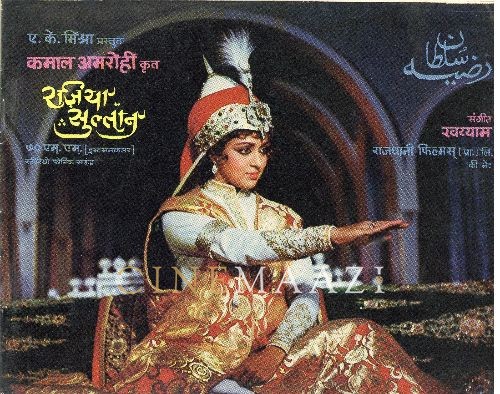
Razia Sultan 1983
-
Majnoon 1979
-
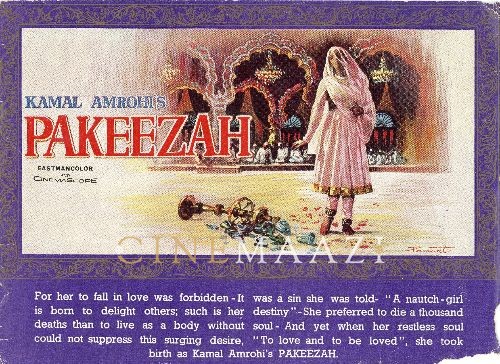
Pakeezah 1972
-

Daaera 1953
-
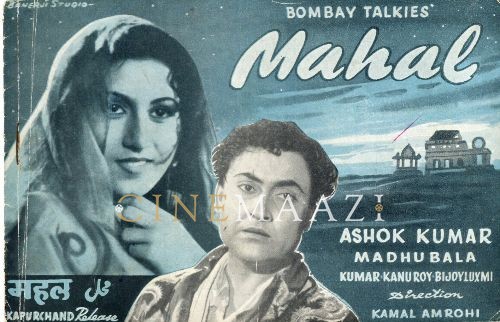
Mahal 1949
-



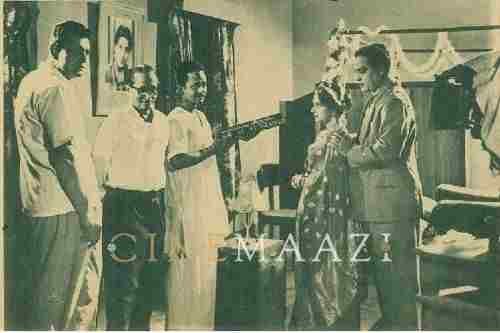
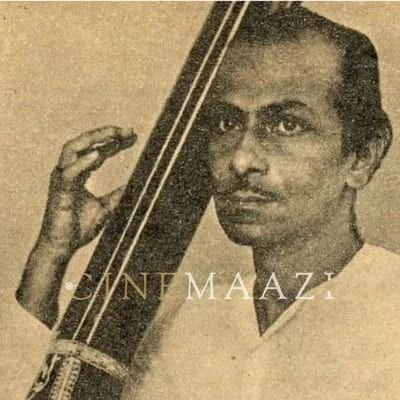



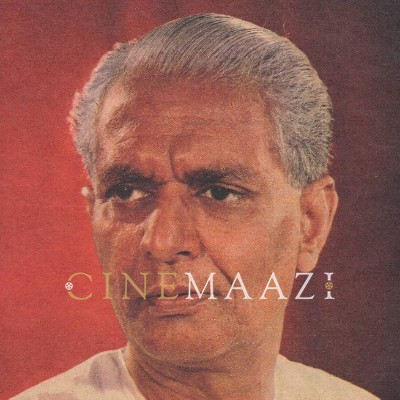
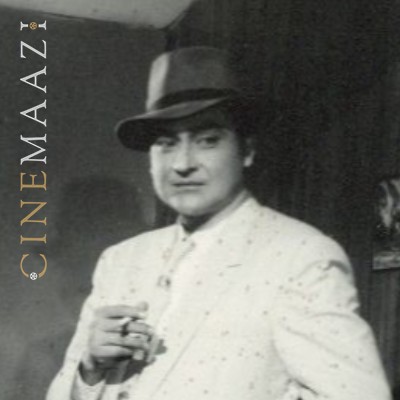
.jpg)




